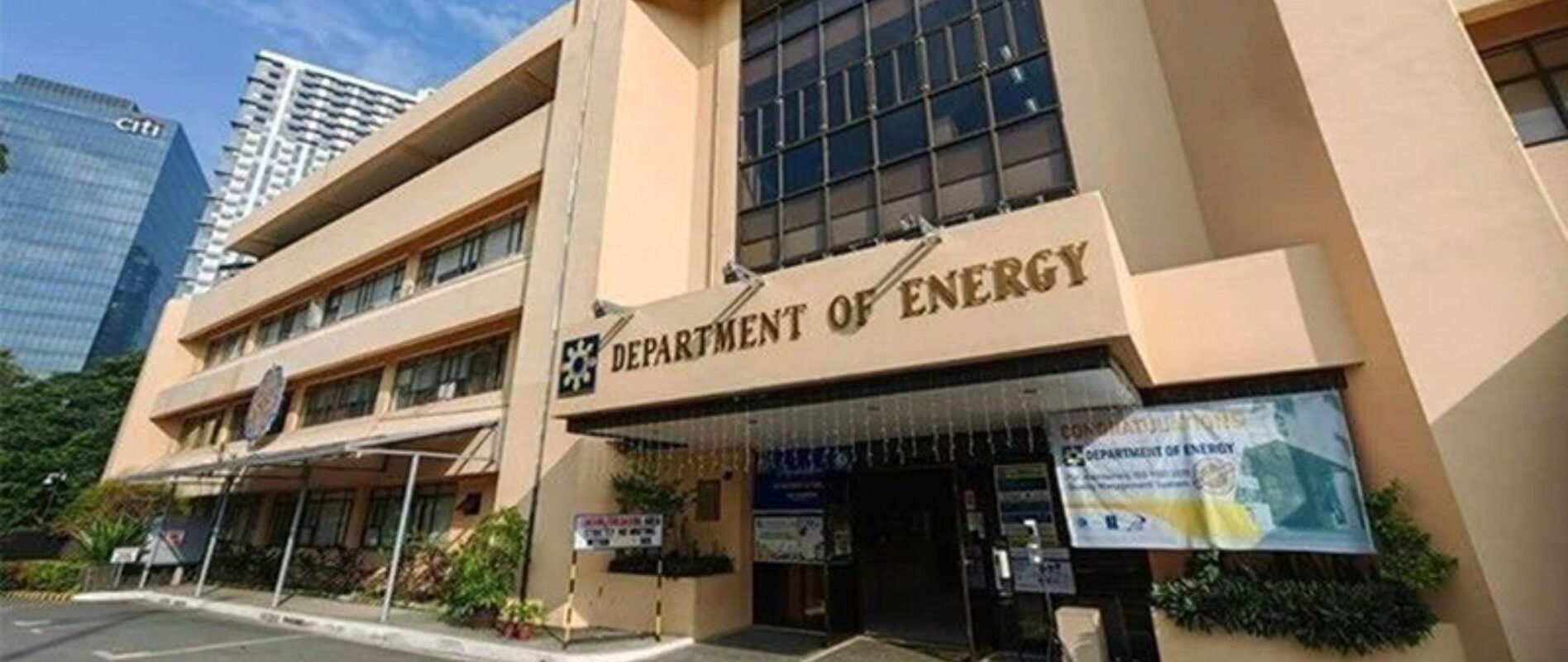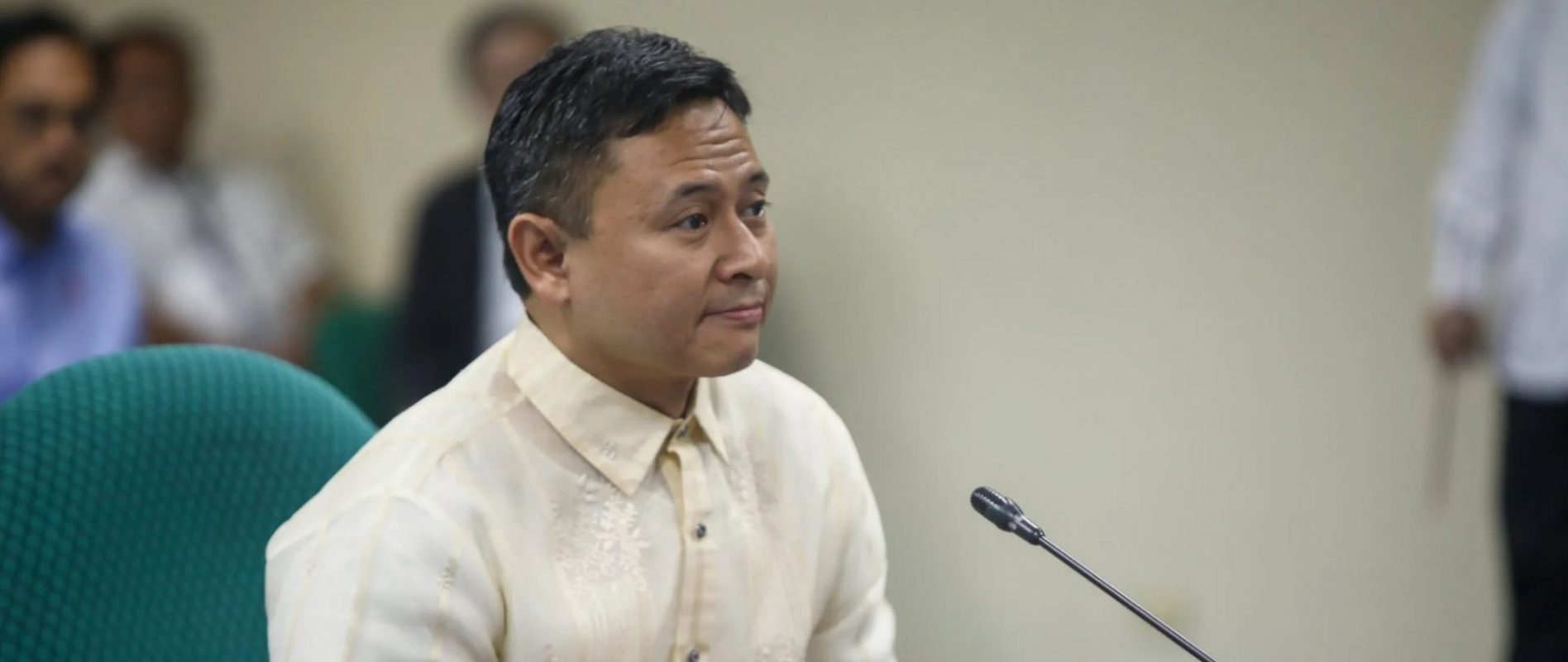BEYOND CHA-CHA, GOV’T MUST INVEST IN TELCO BUILDS
SOME quarters in the private sector believe that proposed amendments to restrictive economic provisions on the telecommunications industry in the Charter will not necessarily boost services in the marketplace.
Prominent economist Raul Fabella stated that if the influx of Foreign Direct Investments is the target of the proposed lifting of foreign ownership limits, “to be a destination in the region has many fathers — foremost among them being: the high cost of doing business, the number of signatures and time delay hurdles on applications, high cost of power, uncertainty of the regulatory environment, weakness in the judicial system, the unsettled peace and order.”
Further to challenges in attracting FDIs, World Bank economist Kevin Chua pointed out that the government needs to assist the private sector by helping finance the upgrade of the country’s digital infrastructure, the logistics system and the fostering of a conducive business environment for Filipinos to catch up.
Around the Indo-Pacific region, increasing competitiveness is marked by the intensive IT transformation drive of various governments including financing. Foremost at the top of the ladder is Thailand and its Digital Economy and Society Ministry which invested, among others, THB5 billion or US$162.7 million for the upgrade of the country’s internet infrastructure as Pattaya News reported.
The chief recipient of the investment, according to the Phnom Penh Post, was state-owned operator CAT Telecom which was tasked with the upgrading of network capacity on the borders, the capacity upgrade of the nationwide network and the deployment of a new international submarine cable linking Thailand with Singapore, China through Hong Kong and the US. The upgraded cable infrastructure enabled the handling so far of 7,512Gbps of internet traffic for the entire country.
The Oxford Business Group also reported that Thailand’s Universal Service Obligation set up a fund, with telcos participating, of US$602 million for, among other things, the installation of a fibre optic network to increase broadband coverage in the country.
The Thai IT sector is progressing with a convergence of factors such as the rollout of 4G nationwide and a better user take-up of the offering resulting in improved IT/telecoms infrastructure and increased demand with government involvement.
South of the Indo-Pacific, Indonesia has also taken bold steps through KOMINFO (Ministry of Communications and Informatics) to fund the construction of the telecommunications infrastructure to widen the coverage of broadband internet.
The Ministry announced towards the early part of 2019 that through the Telecommunications and Information Accessibility Agency (BAKTI) they manage, on the average, a fund of RP2.5 trillion or US$178,140,250.
Included in that infrastructure program is the government’s Palapa Ring development project for a fiber optic cable construction program that will serve as the backbone of a network that reaches all remote areas of Indonesia.
Mr. Benjamin Sura, KOMINFO General Director, said that “we have an Indonesian broadband plan: the internet targets are there but it takes innovation and collaboration for the current 7.87 percent penetration rate to reach double digit as in mobile” and 4G LTE network to go up to 100 percent from the current 64.
As can be gleaned from an overview of the IT ecosystem of key ASEAN countries, their governments go beyond belaboring current issues such as the Philippines’ restrictive economic provisions in the Constitution or being preoccupied only with monitoring “telcos’ progress in helping the country improve its internet speed”. The industry believes that what is needed now is for Philippine government agencies such as the National Telecommunications Commission to draw up action and funding programs adjusted to industry developments, here and abroad.
The absence of a Philippine National Broadband Network is furthermore glaring at this time.
Singapore and Indonesian government models (though disparate in market data, with the former at 5.7 million population over 281 sq. miles and the latter at 270.2 million over 735 thousand sq. miles) consistently formulate, budget and implement plans. Singapore’s first national IT plan metamorphosized to IT2000 and then now to Singapore ONE that aims to wire up Singapore to create a national information infrastructure.
The Indonesian government likewise prioritized the importance of ICT connectivity by making it a part of the National Industrial Policy designed to transform Indonesia into a knowledge-based economy.
Thereafter, the government moved to boost broadband penetration and ICT usage through the Indonesia Broadband Plan, a five-year plan until 2019. The IBP was originally conceived as part of the National Medium-term Development Plan as well as of the Master Plan for Acceleration and Expansion of Indonesia’s Economic Development of 2018-2020.
The IBP emphasizes development across five priority service sectors, including e-government, e-education, e-procurement, e-logistics and e-health.
The telecommunications aspect is carried by the Ministry of Communication and Information Technology while infrastructure projects fall under the Committee for Acceleration of Priority Infrastructure Deliveryor KPPIP.
The people’s stark realization poised by ASEAN country models’ successes on digital transformation is that without deeper government involvement and funding, there will be a shortfall in rendering ICT as an engine of growth.














